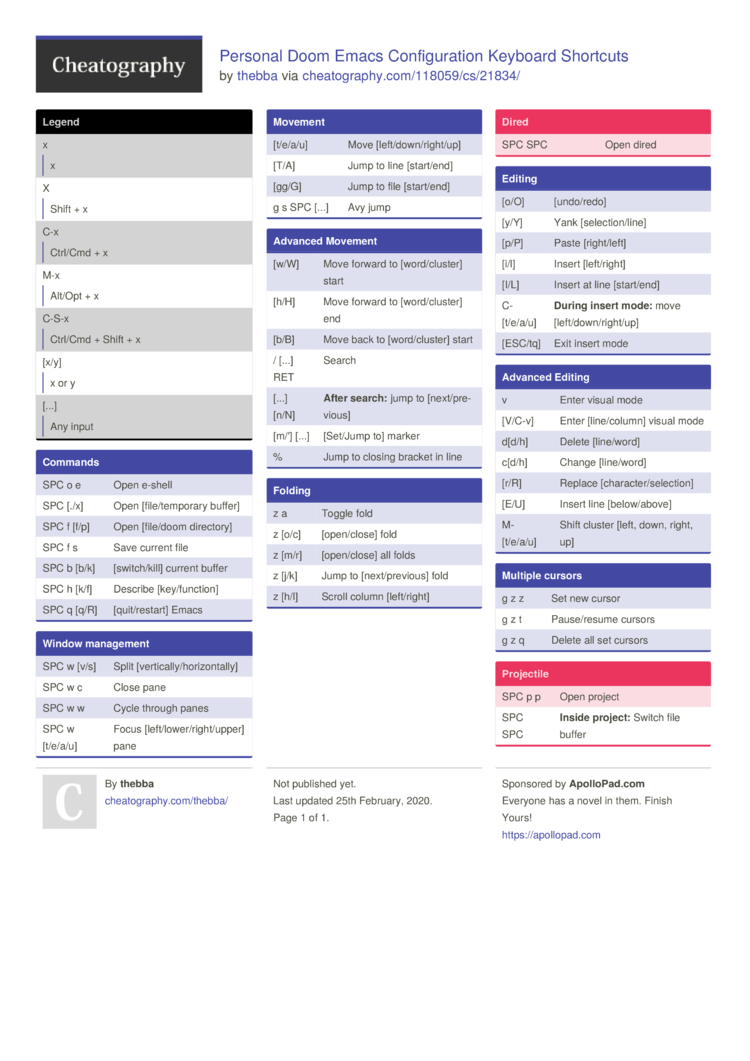

You will also find that org-roam-server (a plugin that I did not discuss in the post below, but that I did occasionally use) does not work with org-roam V2. One of the more important changes is that org-roam-bibtex now uses an org-roam-capture template, instead of using its own capture templates. It is a good idea to check the new README at the org-roam-bibtex repository, as well as the manual. However, for org-roam-bibtex to work, you will need to make additional changes to your config (the config.el file). Making the switch to org-roam V2 basically involves changing a flag in your init.el file from +roam to +roam2. You have the option to stick with org-roam V1, but that version is no longer actively maintained. This has to do with the fact that org-roam-bibtex has recently switched over to org-roam V2, which has been in development for a while now and was released in July.ĭoom emacs now also supports org-roam V2 and one of the gibub pages for Doom emacs describes how you can make the switch. EDIT ()Īfter upgrading my Doom emacs installation today, I noticed that org-roam-bibtex was broken. However, the config looks different in most places, for example because I could no longer make use of the Doom emacs macros.

My vanilla config maintains (I think) all of what I describe in my post. The doom config files are still there, but not in the old_doom_config branch, instead of the master branch. In my original post, I linked to my dot files, which included my doom emacs config. What I like about the vanilla config is that I am more in control of what it does.ĭoom emacs, in some respects, was a bit of a black box to me.Īlso, Doom emacs does a lot of things I do not actually need or want.
DOOM EMACS TUTORIAL CODE

> font = fontforge.font() font = import_glyphs(font, params) font = set_bearings(font, bearings) save_font(font, calibredb 1.7.0 – Yet another calibre client for emacs.
DOOM EMACS TUTORIAL WINDOWS
By arranging my Emacs windows a certain way and adding :eval no to the Org Babel blocks I’m not currently using, I can easily change the relevant table entries and evaluate the whole buffer to regenerate the font versions, including exports to OTF and WOFF. If I execute a little bit of source code in my Org Mode, though, I can use my test web page to view all the different versions. This was a hassle with FontForge, since I had to open different font files in different Metrics windows. I wanted to be able to easily compare different versions of my font: my original glyphs versus my tweaked glyphs, simple spacing versus kerned. Def kern_by_char(font, kerning_matrix): # Add kerning by character as backup font.addLookupSubtable( "kern", "kern-2") offsets = np.asarray(kerning_matrix) classes_right = ] classes_left = ] for r, row in enumerate(classes_left): if row is None: continue for first_letter in row: g = font.createMappedChar(first_letter) for c, column in enumerate(classes_right): if column is None: continue for second_letter in column: if kerning_matrix: g.addPosSub( "kern-2", second_letter, 0, 0, kerning_matrix, 0, 0, 0, 0, 0) return font


 0 kommentar(er)
0 kommentar(er)
